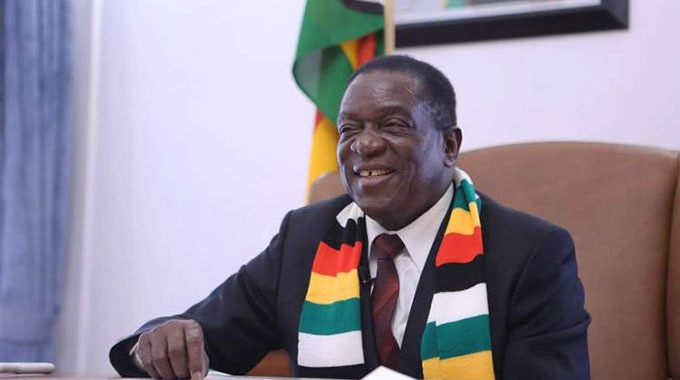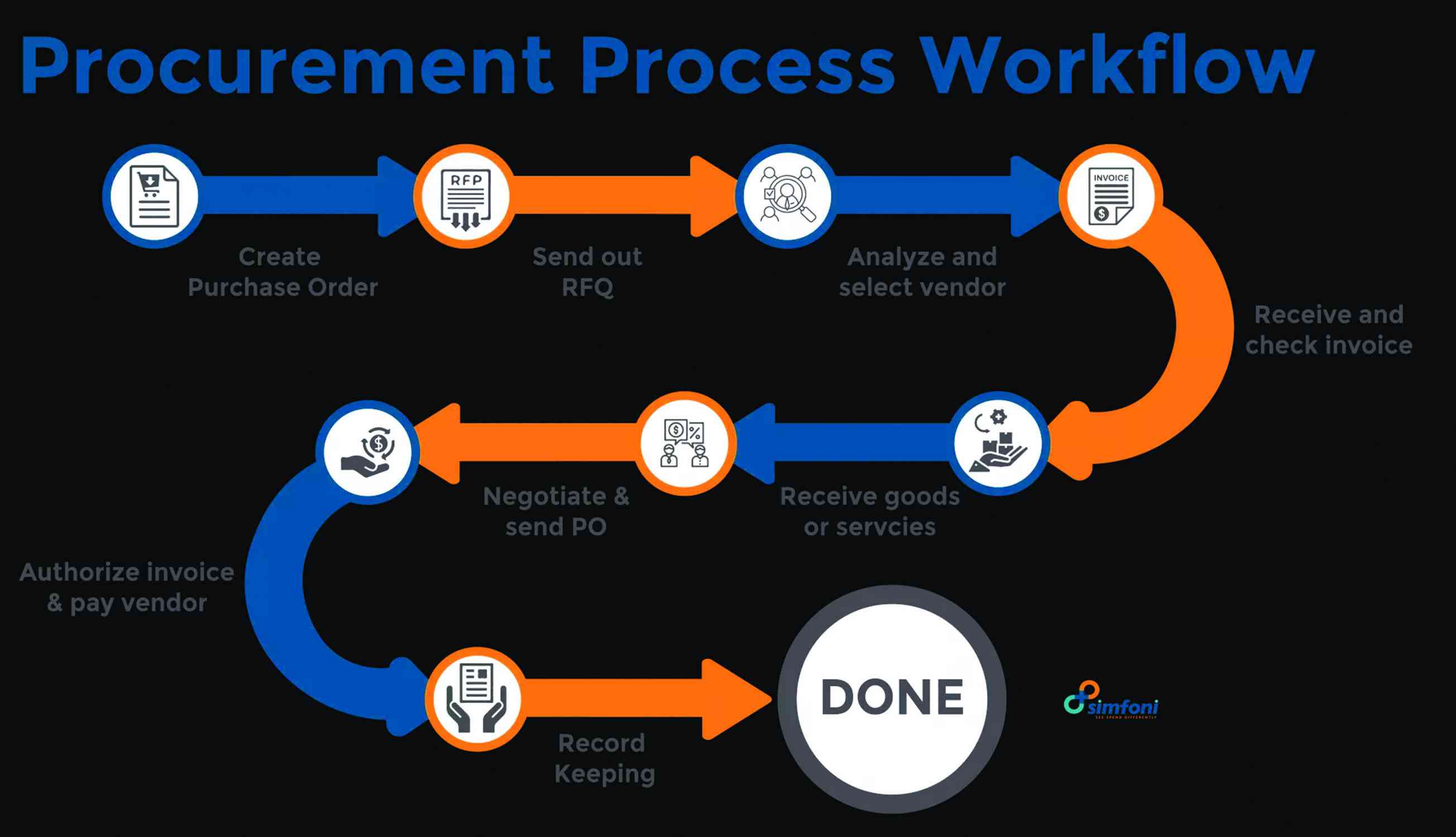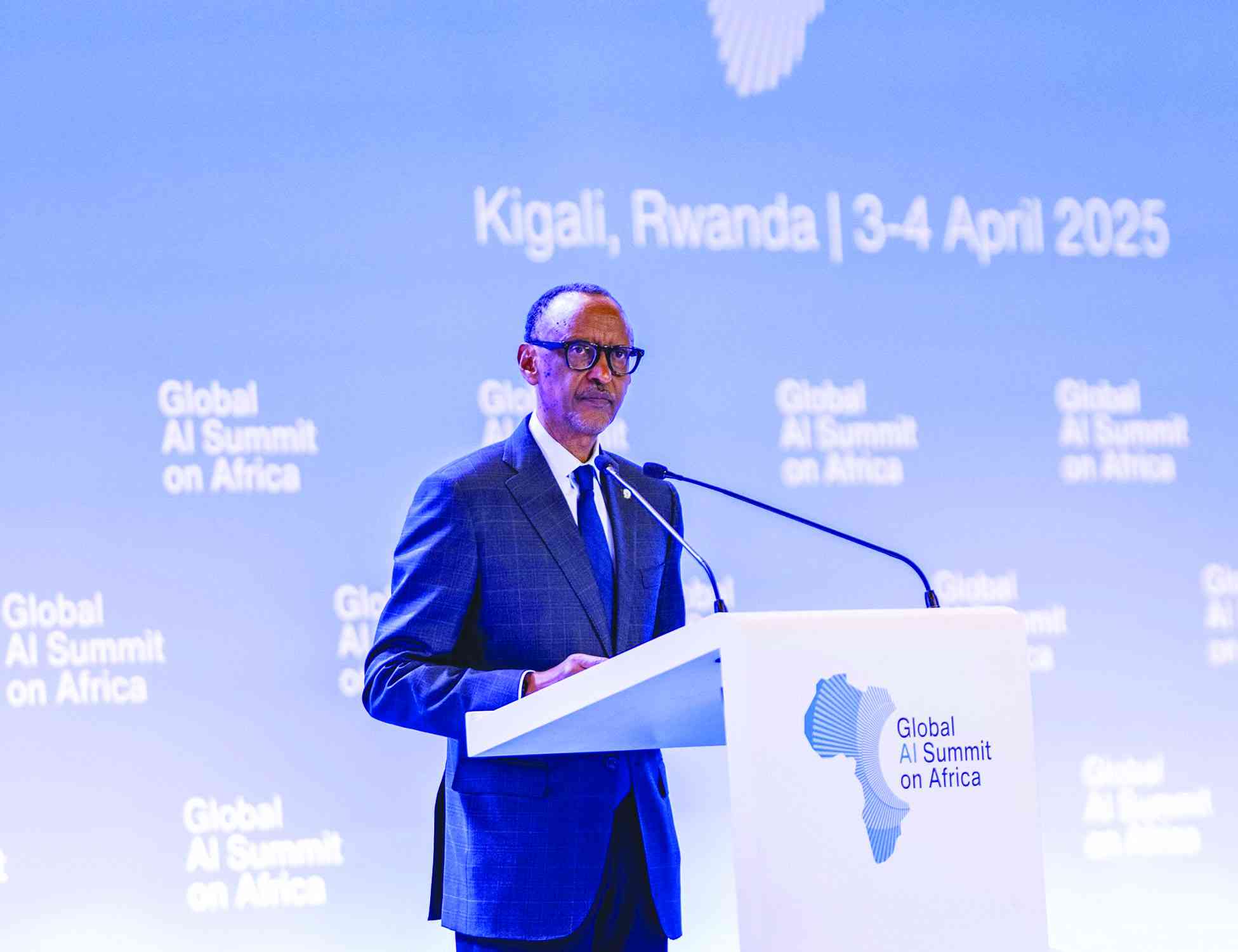
AS rumours spread this week that bureaucrats in President Emmerson Mnangagwa’s government were preparing for workshops to lay the groundwork for National Development Strategy 2, my mind raced back 22 years ago.
The idea was to evaluate if blueprints really work. If they work, why have they failed to work in Zimbabwe?
When I arrived at The Daily Mirror as a junior reporter in 2003, the Ministry of Finance had launched the National Economic Recovery Programme (NERP) in 2002, replacing the Zimbabwe Programme for Economic and Social Transformation (Zimprest), a 1996 strategy. The economic crisis raged during Zimprest, leading to company closures and forcing the government to scrounge for more piecemeal solutions.
Zimprest had succeeded the Economic Structural Adjustment Programme (Esap), which inflamed suffering under World Bank demands for spending cuts. Towards the end of 2006, we were called at short notice to the cabinet office by former economic development minister, Rugare Gumbo. He unveiled the National Economic Development Priority Programme (NEDPP). It was another complete waste of time and resources.
Zimbabwe’s per capita GDP had been more or less at the same level as those of South Korea and Thailand during the 1950s and 1960s. But by 2007, South Korea’s per capita GDP was 16 times larger than Zimbabwe’s, and Thailand’s seven times greater.
Per capita GDP levels in China and India were below Zimbabwe’s until 1990. But by 2007, Zimbabwe’s per capita GDP was about one fifth of China and half of India.
Zimbabwe’s economy of 1996 was barely recognisable in 2007, having gone through a decade of depression in spite of the blueprints. Towards the end of 2007, I heard that Sylvester Nguni, who had replaced Rugare Gumbo as Economic Development minister was working on the Zimbabwe Economic Development Strategy (ZEDS).
I reported about the new blueprint in July 2007 for the Zimbabwe Independent. ZEDS was abandoned in 2009 when the Government of National Unity was established.
- Dairibord shelves dividend payout
- Zim gets new $100 note. . .…new bill not enough to buy a loaf of bread
- Chipungaz’s unfinished dream in rugby
- Chipungaz’s unfinished dream in rugby
Keep Reading
The Movement for Democratic Change (MDC)’s Tendai Biti became finance minister. He hastily worked on the Short-Term Emergency Recovery Programme (Sterp 1) in 2009. In 2010, Biti introduced Sterp 2, which was followed by the Medium-Term Programme (MTP), 2011-2015.
But the MTP did not complete its term. After winning the 2013 polls, the late former president Robert Mugabe replaced it with the Zimbabwe Agenda for Sustainable Socio-Economic Transformation, or ZimAsset.
It was another ad hoc and desperate plan. ZimAsset was a propaganda tool designed to give hope to a struggling population. After the coup in 2017, government introduced the Transitional Stabilisation Programme, and then the current National Development Strategy (NDS 1), which will be running until December, before NDS 2 is launched.
Zimbabwe remains in the same quagmire that I witnessed in 2003. And prospects remain gloomy today as they were 22 years ago.











